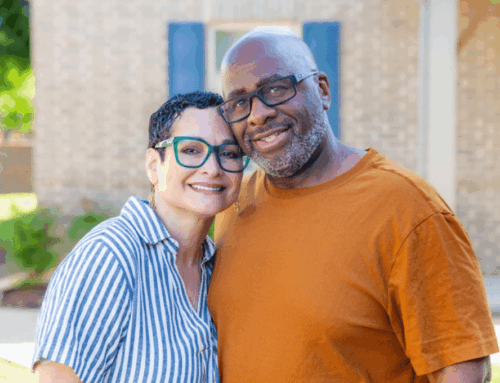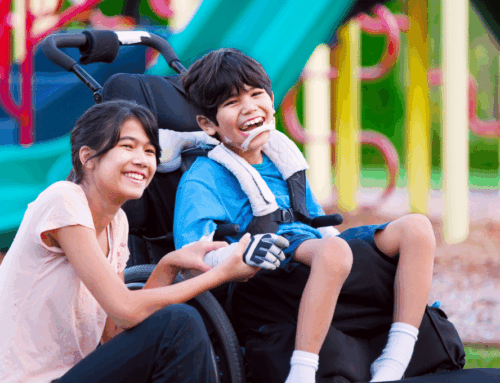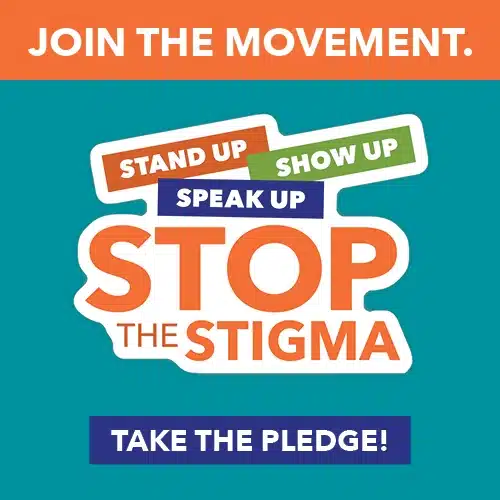A trauma can be defined as “an event, series of events, or set of circumstances experienced by an individual as physically or emotionally harmful or life-threatening with lasting adverse effects on the individual’s functioning and mental, physical, social, emotional, or spiritual well-being” (SAMHSA).
Because the effects of trauma are stored in the body, specifically the nervous system and in the limbic system of the brain, traditional talk therapies are often not sufficient in successfully treating symptoms of trauma. Studies have shown that in addition to more Cognitive-Behavioral Based therapies, Body Based and Sensory-Motor Therapeutic Interventions have been proven to be necessary to the successful treatment of trauma.
Yoga has long been a practice to integrate one’s body, mind, and spirit by bringing one back to the present moment, which is disrupted when someone has experienced traumatic events and are essentially “stuck” in the past. While yoga is certainly not to be seen as the sole intervention of treating trauma, Trauma-Informed specific Yoga Programs have been shown to be a successful allied therapy to treat trauma for the following reasons:
- Many trauma survivors often either feel disconnected from their bodies or overwhelmed with “stuck” emotions from past experiences- engaging in yoga poses, asanas, can support the establishing or re-establishing of safety in the body. Physical strength gained from a yoga practice can also support mental strength.
- The typical breathing practices, pranayama, in yoga practices can support a calming effect on the nervous system, which is consistently over-stimulated following traumatic experiences.
- Research has demonstrated that the combination of asanas, pranayama, and deep relaxation can moderate the “fight or flight” response, which is often triggered in a person who has experienced trauma long after the event has occurred.
- Yoga practices not only bring calm, but can also energize the body when it is stuck in “freeze” mode or collapsed in depression.
- Relaxation practices used in yoga, particularly the use of a “Mantra” (a word or a statement that is repeated in the mind) or the breath to serve as an anchor, can serve to quiet a racing mind or lessen the effect of traumatic memories that often intrude on a person’s thoughts after experiencing traumatic events.
When practicing as a Trauma-Informed clinician, it is important to tailor the interventions to the individual and proceed at his or her pace. It is imperative in our Oaks Integrated Counseling Outpatient Programs that we are sensitive to the fact that some clients may not be comfortable with engaging in yoga practices.
When clients are open to learning these techniques, we utilize yoga practices in our Oaks Integrated Outpatient Counseling Programs in conjunction with other evidenced-based practices for treating trauma. Whereas this may not look like a traditional yoga class, breathing techniques and simple asanas may be integrated in individual and group sessions with children, families and adults to assist with developing grounding skills, calming the nervous system, bringing awareness back to the body and assisting the client in moving forward from trauma responses.
For resources or more information about our services click here or call our Access Center: 1-800-963-3377
-Jill Chiciak, Outpatient Counselor









